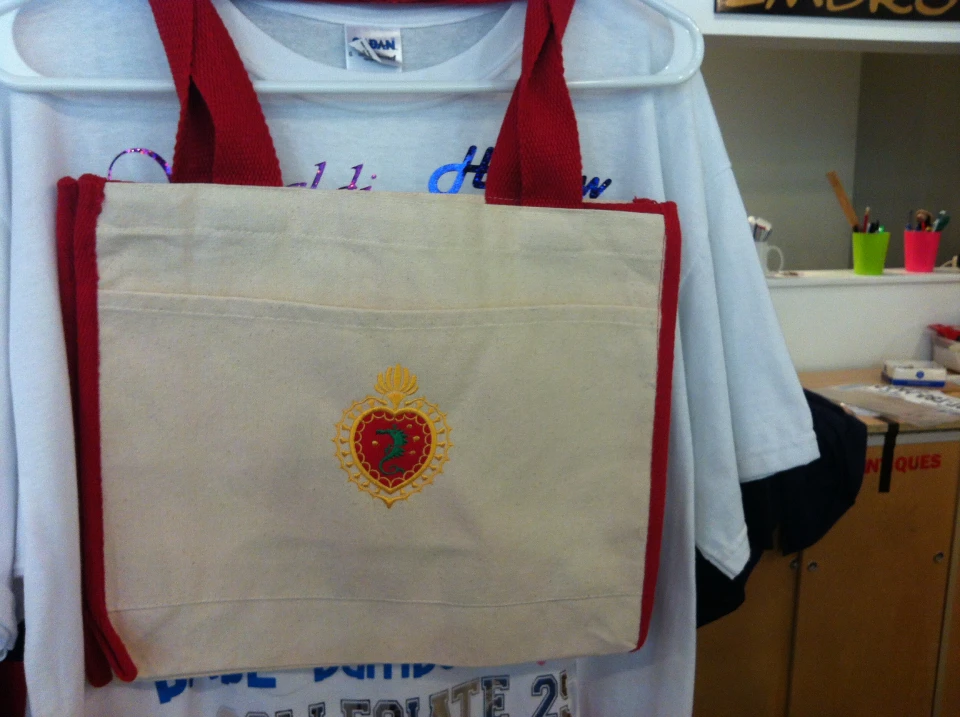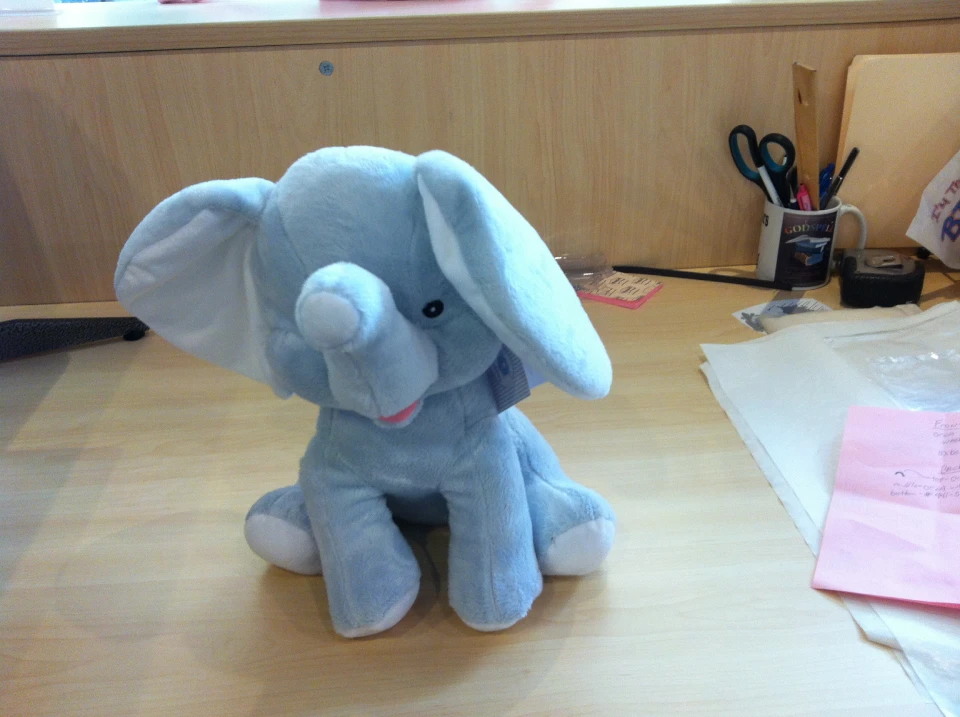Personalized School Uniforms with High-Quality Embroidery Providers
Personalized School Uniforms with High-Quality Embroidery Providers
Blog Article
The Art of Personalized Embroidery: Unlocking the Tricks to Creating Distinct and Remarkable Layouts
The tricks to developing custom embroidery styles that captivate the eye and leave an enduring impact lie in a delicate equilibrium of method, creative thinking, and focus to information. As we dig into the world of custom needlework, we uncover the nuanced interaction between thread option, sew complexity, and layout personalization that raises a simple garment to a job of art.
Picking the Right Embroidery Threads
When selecting needlework strings, what essential aspects should you consider to guarantee the very best results for your personalized styles? The option of embroidery string is vital in identifying the final end result of your stitched layout. Among the main factors to consider is the product of the string. Various products such as cotton, polyester, rayon, and silk use differing levels of shine, durability, and texture. It is important to choose a string material that matches the material you are embroidering on and lines up with the wanted appearance of the style.
Thicker threads can include dimension and structure to your layout, while finer strings are suitable for complex details and small message. In addition, thinking about the shade fastness and washability of the string is essential to make sure that your custom layouts maintain their quality and vibrancy over time.
Exploring Different Stitch Methods
To dig right into the world of 'Checking out Different Stitch Strategies', one must comprehend the details and nuances that each stitching method brings to the art of needlework. Different stitch techniques not just add visual rate of interest but also add to the overall structure and measurement of the layout. One popular stitch technique is the satin stitch, which entails very closely jam-packed parallel stitches to develop a smooth and shiny surface area, ideal for filling out shapes and creating vibrant describes.
On the other hand, the backstitch is a versatile technique typically used for detailing and including great details. It involves sewing in reverse to develop a solid line of embroidery. Additionally, the French knot stitch includes a tactile element to styles, ideal for producing distinctive accents like blossom centers or decorative touches.
Checking out various stitch methods enables embroiderers to play with light, darkness, and depth within their styles, raising the aesthetic allure and imaginative quality of their embroidery tasks. By grasping numerous stitching techniques, one can open unlimited opportunities for producing one-of-a-kind and unforgettable custom needlework pieces.
Incorporating Personalized Style Aspects
Having actually explored the intricacies of different stitch strategies such as click this site the satin stitch, backstitch, and French knot, the emphasis now shifts towards incorporating individualized layout components in custom needlework tasks. Individualized design aspects play an essential function in making embroidery tasks really unique and unforgettable. One way to include customization is by adding initials, names, or significant days to the design. This not just adds a personalized touch however also boosts the emotional worth of the needlework piece.
One more way to include customized style components is by including icons or motifs that hold special significance to the recipient or show their interests and personality. For instance, incorporating a favorite flower, pet, or hobby-related icon can make the embroidery layout much more purposeful and tailored. In addition, selecting shades that reverberate with the recipient or align with the designated motif can additionally boost the customization of the embroidery project.
Understanding the Art of Color Control

One trick element of shade sychronisation is comprehending color concept. This includes recognizing exactly how various colors interact with each various other, the feelings they convey, and how they can be combined to create aesthetically attractive styles. By applying shade theory principles, embroiderers can produce unified color palettes that boost the overall appearance of the design.
In addition, focusing on comparison is important in shade sychronisation. Utilizing contrasting colors can assist specific components of the design pop, improve legibility, and develop an aesthetically dynamic needlework item. By grasping the art of shade control, embroiderers can raise their styles and create memorable pieces that reverberate with clients and viewers alike.
Enhancing Texture With Advanced Embroidery Stitches

French knots, for instance, are ideal for including tiny, raised dots to your design, mimicking the appearance of grains or creating a distinctive surface area. Bullion knots, on the other hand, can be made use of to develop twisted, ropelike elements that add a glamorous feeling to the embroidery. Seed sewing includes tiny, scattered stitches that can fill up in areas with a speckled appearance, while turkey job creates cosy, dimensional accents similar to pet hair or vegetation. Trying page out these advanced embroidery stitches permits you to press the limits of traditional needlework and create really distinct and visually enticing appearances in your designs.
Conclusion
Finally, the art of custom-made embroidery entails a mix of selecting the appropriate strings, discovering different stitch methods, integrating customized design components, grasping shade sychronisation, and improving appearance with innovative stitches. By understanding and applying these vital components, embroiderers can produce unique and unforgettable styles that display their creative thinking and skill. Needlework fanatics can unlock the secrets to developing gorgeous and custom pieces that stick out and leave a long-term perception.
Report this page